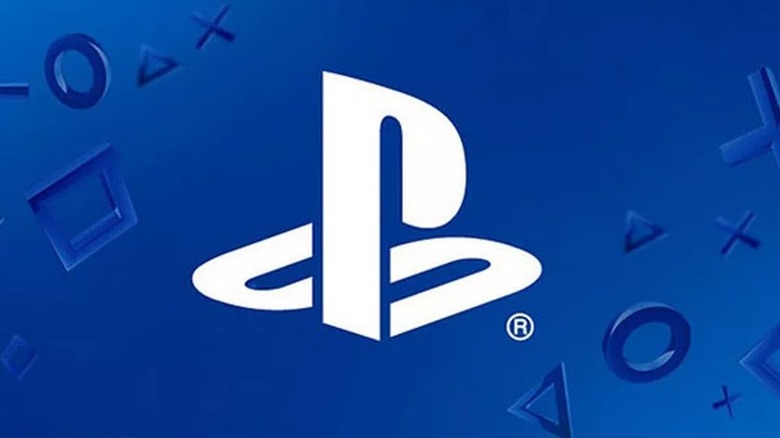Sony Trademarks The Next 30 Years Of PlayStation
Sony Interactive Entertainment has filed trademarks for the next five generations of consoles, signifying that the behemoth has its eye on the future.
As shared by trademark blogger Piercesword, Sony published trademarks for exclusive use of the terms PS6, PS7, PS8, PS9, and PS10 earlier this month. This is not the first time the company has used this tactic. The trademarks for the PlayStation 2 and PlayStation 3 were both filed a year before the consoles released and Sony published the trademarks for the PlayStation 4 and PlayStation 5 in 2006.
It's important to note that trademarks do not guarantee Sony will ever release the consoles in question. Filing at this early point serves as a precautionary measure, ensuring that other businesses cannot snag potential PlayStation branding from beneath Sony's nose. We may never see the PlayStation 10 but the trademark ensures that other parties won't profit from the empire they've spent over 20 years establishing.
It's possible these trademarks may serve as more than a simple precautionary measure, instead providing a roadmap of what PlayStation users have to look forward to over the next 25-30 years. Assuming each console enjoys a five-year lifecycle, the PlayStation 10 would launch in 2045. With the rapid evolution of technology across multiple industries, it's difficult to imagine what a game system, let alone the world, will even look like 26 years from now. That's if we manage to survive the many apocalyptic scenarios the science fiction genre has in store for us.
So, what can we expect from the next three decades of PlayStation consoles? The PlayStation 5, slated for a Holiday 2020 release, will be Sony's most sophisticated system to-date. With an octo-core CPU and a custom GPU based on AMD's Ryzen and Radeon Navi hardware, the PS5 will rival the performance of many gaming computers, a gap that will likely continue to shrink. Thanks to this power-up, console gamers will finally get to experience the wonders of ray tracing, one of the most significant graphic advancements seen in years. With 8K poised to take over as the new resolution standard, it's a safe bet that Sony will continue to push the limits of their consoles' hardware.
Backwards compatibility and cross-generational play, other features of the PlayStation 5, will likely become a console staple as Sony focuses on maintaining the community through generational transitions. You can expect cross-platform play, a concept just starting to get its legs, to gain traction. Once developers and the various platforms grow more comfortable with the idea, it's bound to become a standard option for games with a multiplayer or online component.
As indicated by the rise of VR and the innovations Sony plans to introduce with the re-imagined PlayStation 5 controller, future console generations will center on immersion. Controllers will provide a much more visceral experience, providing sensation-based feedback that reflects the actions you're performing within the game. Mark Cerny, the lead architect for both PlayStation 4 and PlayStation 5, has also expressed his excitement about advancements in sound. The PlayStation 5's AMD chip will include a custom unit for 3D audio he believes will redefine the capabilities of sound in video games. Sony plans to carry this emphasis on "presence," or the sensation of existing inside a simulated environment, into future design choices.
Perhaps the biggest question mark in PlayStation's future is the role that cloud-based gaming will play. At an Investor Relations event in 2019, Sony shared some of their goals for the future of the PlayStation brand. A key component included next-generation streaming through which "shared PlayStation experiences can be seamlessly enjoyed independent of time and place –- with or without a console." Earlier this year, Sony also announced a partnership with Microsoft to explore cloud-based streaming, possibly heralding a new era of collaborations between the gaming titans.
Cloud gaming already plays a large role for the PC audience where, thanks to platforms like Steam and the Epic Games Store, you can download just about anything. My gaming laptop does not even have a disc drive and I can't remember the last time I purchased a physical copy of a PC title. It makes sense that the console world would follow, especially since eliminating discs and packaging means less cost and waste.
Many expected Sony and Microsoft to transition to disc-free systems with the PlayStation 5 and Xbox Scarlett. Though this did not turn out to be the case, future consoles, such as the PlayStation 6, could still make the switch. Alternatively, Sony could continue to straddle the line, releasing disc-free editions of their consoles, similar to Microsoft's Xbox One S. The success or failure of Stadia, Google's cloud-gaming device, will likely provide a trajectory for how the other console-makers will approach streaming for their own systems.

